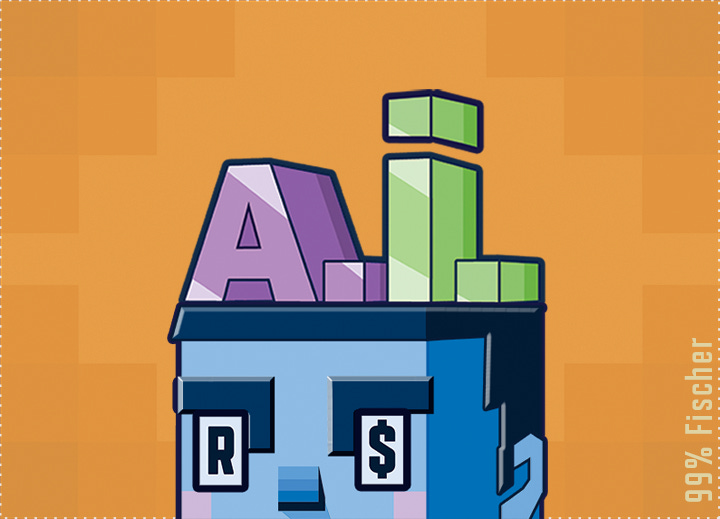Generative AI & Copyright: Part 4: The Money Trail.
Technically commercial artists and designers don’t sell their actual art and design. They sell usage rights to their art and design.
But the USCO (U.S. Copyright Office) will not assign rights to A.I. generated works. So, what are A.I. artists selling? I think it’s convenience. For media producers that are used to purchasing the rights to use stock art and photography, purchasing the rights to use A.I versions of the same seems completely natural. And while those in the know (that there are no rights to sell) shelling out for that convenience, that extra inventory, that ‘look’, is worth it.
But where is the money going? In most cases, as with Midjourney and DALL•E, it’s not the human artists whose works were scraped to build their models. And, though they are assigning ownership to the humans writing the prompts, they are also claiming co-ownership, and collecting payment from those same prompters. And, USCO, who has the last word, will not protect any of it. For them, every A.I. image instantly enters the public domain because it was made by a machine (ref: the 2023 Kashtanova decision).
Adobe and a few others are offering Indemnity and legal protection for copyright claims against works generated with their software. This may be a low risk bet to establish legitimacy and trust. In fact, Adobe’s Firefly is unlikely to generate an image that appears to be derived directly from any of the works that it has scraped to build their model.
Adobe, who has always claimed co-ownership of their user generated content in their terms of service were not required to, and did not, request the rights to scrape from the creators who uploaded content to Adobe Stock. They are attempting to legitimize their efforts by paying their scraped Adobe Stock contributors for usage, though it’s been reported that only 6% of them were estimated to earn over $10. True or not, it is a fact that there are hundreds of complaints by content creators regarding the low pay. Adobe also claims to only scrape Adobe Stock and public domain content as well as (public domain) A.I. generated work.
Let’s recap:
(1) Since A.I. images automatically enter the public domain, there are no usage rights to sell.
(2) Prompters can still charge for the work, and people will happily pay for the convenient access to a variety of thematic and aesthetic choices.
(3) Some A.I. generation companies can say they provide legal protection against copyright infringement suits, but since A.I. generated works automatically enter the public domain, and most don’t generally resemble any existing works to any meaningful degree ... this is a low bar promise.
(4) Adobe and others like them, in my opinion, are to be commended for trying to find an ethical way forward. But is it enough?
Get these posts directly in your email inbox by subscribing to my free Substack newsletter at




